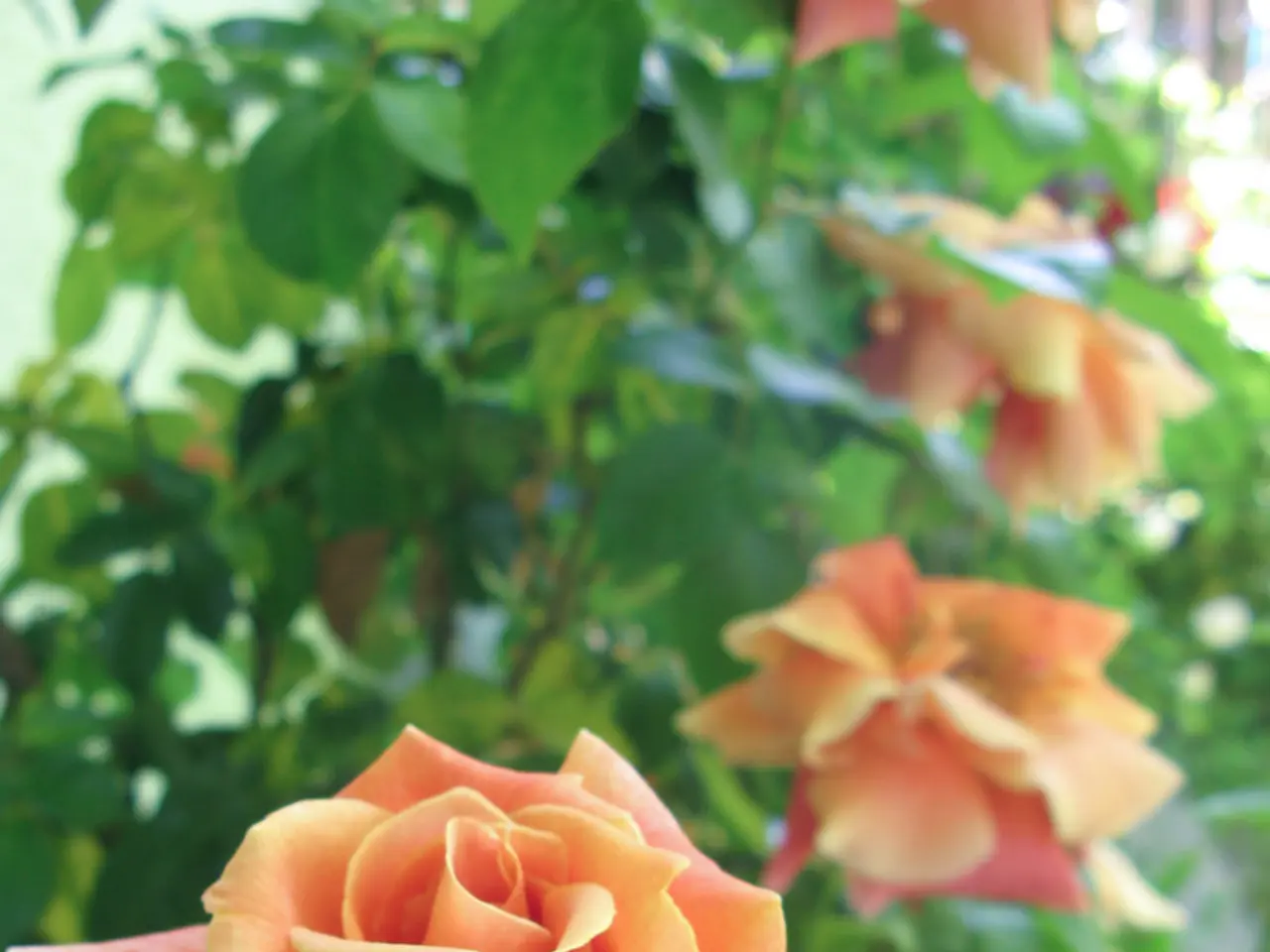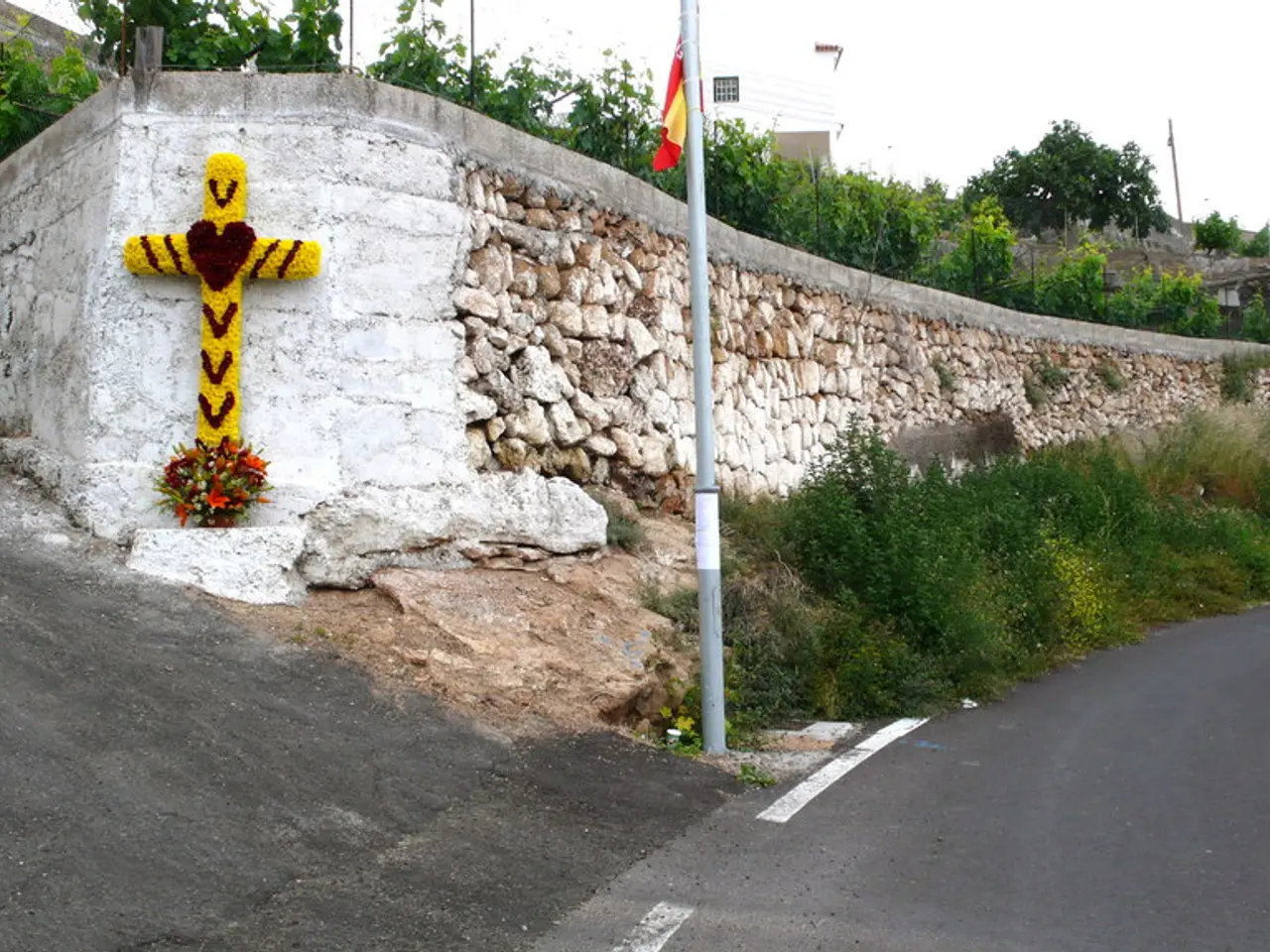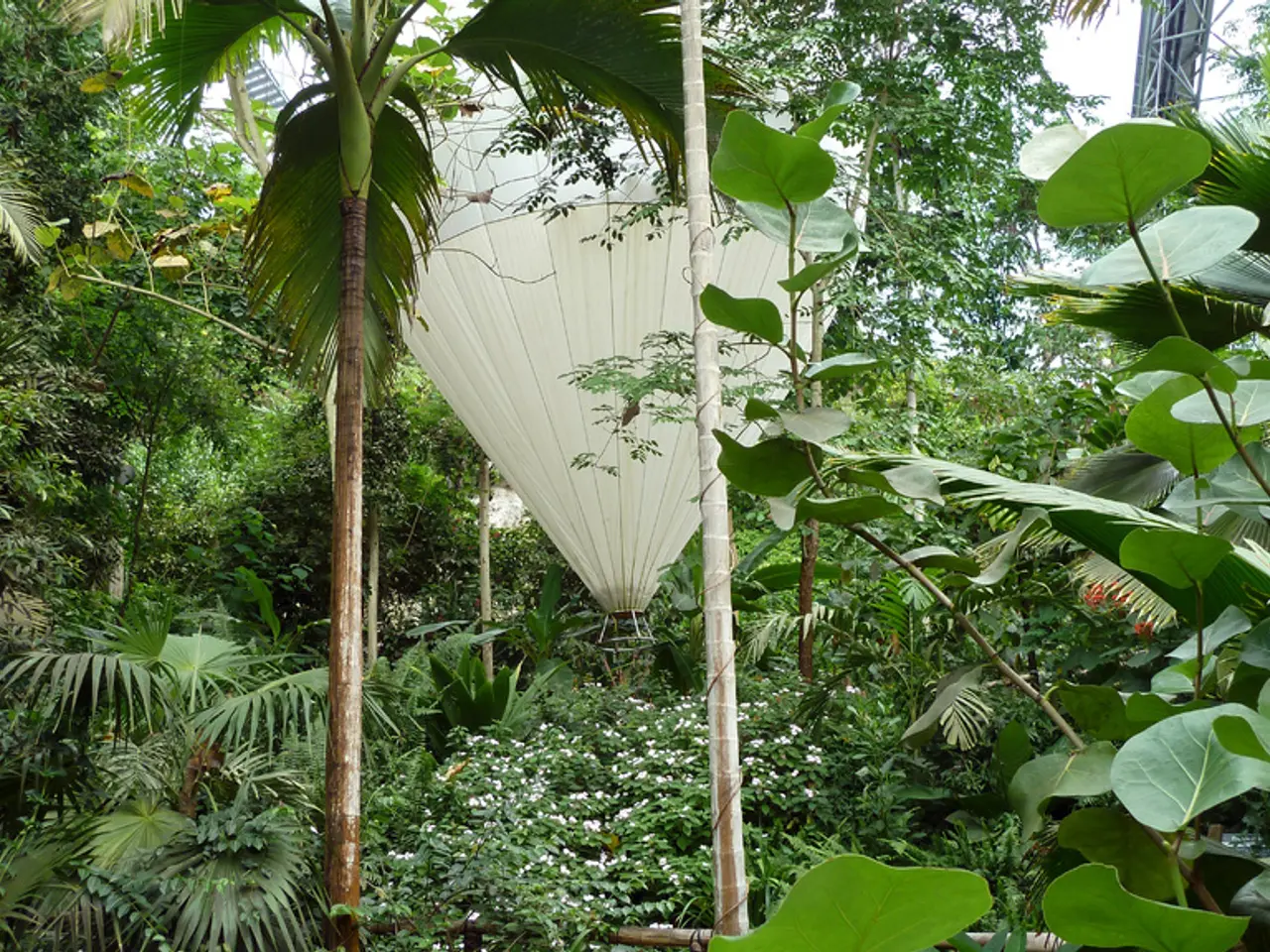Avoid Summer Rose Pruning: Exceptions to Note
Summer is a crucial period for rose plants, and while pruning might not be the first thing that comes to mind, it plays a significant role in maintaining their health and promoting blooms. However, timing and technique are key to reap the benefits without causing undue stress to the plants.
Light pruning or deadheading, the removal of spent blooms, during summer is beneficial for roses. This practice helps the plants conserve energy, directing resources towards producing new flowers rather than sustaining old ones. Early summer pruning around June gives the rose ample time to generate new growth that can harden off before winter.
Summer pruning also offers health benefits. By removing dead, damaged, or diseased wood, the risk of disease and pest problems is reduced. Improved airflow within the plant decreases the likelihood of fungal infections as well.
Deadheading roses during the summer encourages continuous blooming. As the plant's energy is redirected to developing new flower buds, a vibrant display of blooms can be expected throughout the growing season. Light summer pruning maintains the shape of the rose bush and stimulates further flowering cycles.
However, it's important to note that heavier pruning is best reserved for late winter or early spring for most rose varieties to maximise spring bloom production. Summer pruning should be lighter to avoid stressing the plant and reducing the total number of flowers available for the season. Pruning too late in the summer or into fall can affect the plant's ability to prepare for winter.
Bypass pruners are recommended for summer cuts as they cause less crushing damage to stems compared to anvil-style pruners. Container roses may require more careful summer maintenance due to their vulnerability to heat stress.
Roses follow a natural growth cycle, spending winter in dormancy, spring in vigorous growth, summer in bloom, and fall preparing for cold months. Pruning during summer redirects energy from blooming to healing wounds and new growth.
Repeat-flowering climbers can benefit from some summer pruning to encourage new blooms, but major structural pruning should still be reserved for late winter or early spring. Fall is the time to remove any diseased foliage and canes to prevent problems from overwintering.
Ramblers like 'Dorothy Perkins' and 'Excelsa' should be pruned right after flowering in summer to allow time for new canes to develop for next year. Climbing roses may benefit from some pruning after their first flush of blooms in early summer.
In emergency situations requiring summer pruning, it's crucial to prioritise removing only what's absolutely necessary and provide extra care in the following weeks.
In conclusion, summer pruning or deadheading is a valuable practice to maintain rose plant health, prevent disease, and promote ongoing blooms during the growing season, while heavier pruning remains a task for early spring.
Maintaining the rose plant's home-and-garden area by deadheading spent blooms during summer, or light pruning, encourages new growth and continuous blooming, while simultaneously promoting better airflow to reduce disease risks (lifestyle). This practice helps the plant direct resources towards producing new flowers, instead of nurturing old ones, and offers ideal conditions for the rose to generate ample new growth that can harden off before winter (gardening).







